The IXP country jedi tool described in earlier RIPE Labs articles, can also be used to analyse the situation in a specific city. This time we look at Berlin.
I was invited to present at a meeting of the Berlin Commercial Internet Exchange BCIX last week. With the various IXPs present in Germany and also especially in Berlin, I thought it would be interesting to use our IXP jedi tool on a city level this time. With a small modification we made it possible to do this type of analysis for a restricted geographical area, for instance a city. The tool can now take a point and a radius, for instance the city centre of Berlin and a radius of 50 km, and select RIPE Atlas probes only within that area.
If we apply this to RIPE Atlas probes in Berlin (see Figure 1), the tool selected 30 to be used in mesh traceroutes. The selected probes are located in 14 ASes with one probe and 8 ASes with 2 probes.
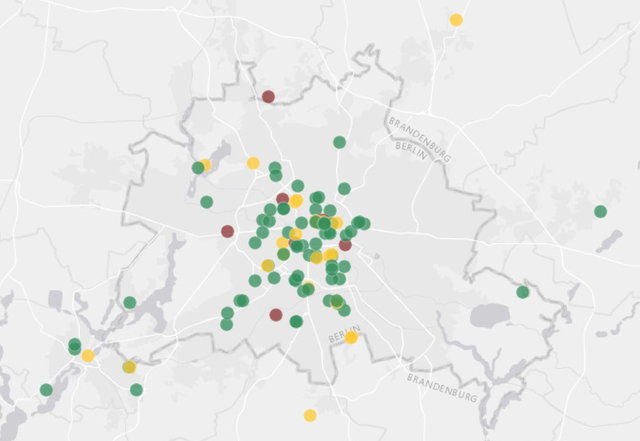
Figure 1: RIPE Atlas probes located in and around Berlin, Germany
When we look at the paths between those probes (or ASes), we see that most paths stay in Berlin, but some go via other places in Germany or even other countries as you can see in Figure 2 below. Since unfortunately not all RIPE Atlas probes have an IPv6 connection, the situation looks slightly different in IPv6. In this case, most paths stay within the country.
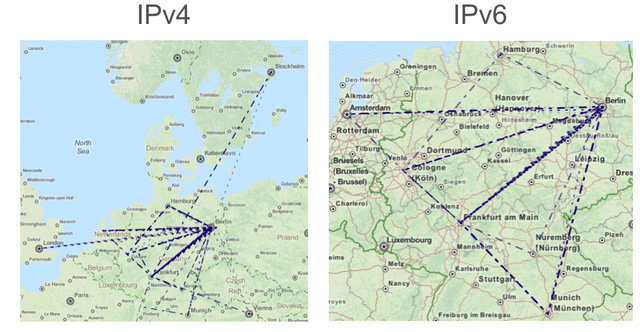
Figure 2: Paths between RIPE Atlas probes located in Berlin (over IPv4 and IPv6)
When we look at the mesh between those 30 probes, we get the following image:
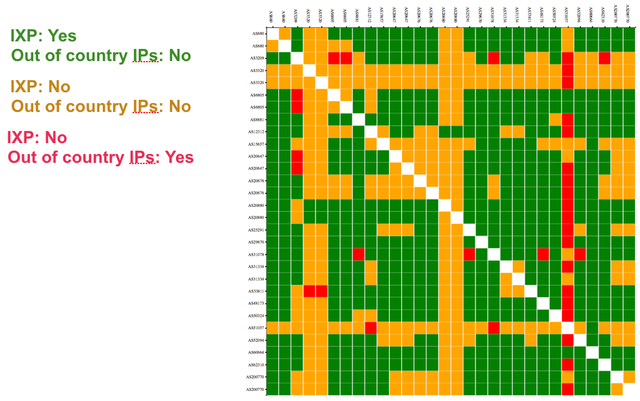
Figure 3: Mesh of all 30 RIPE Atlas probes to each other
For the analysis we only consider the IXPs that are local to Germany and have their peering LANs registered in PeeringDB . As you can see in Figure 3 most paths we measured stay within the country and traverse an IXP in the country (green). Other paths stay within the country, but don't traverse a local IXP (yellow) and some paths leave the country and don't traverse a local IXP (red).
When we zoom in a bit more we can look at the actual IXP peering LANs that are traversed.
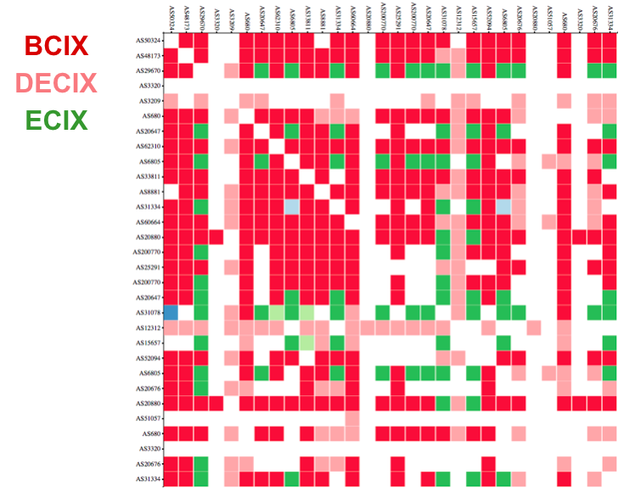
Figure 4: IXP LANs traversed by RIPE Atlas probes in Berlin
We can see that most paths that travers an IXP go via BCIX (red), some also go via DE-CIX Frankfurt (pink) or various ECIX LANs (green and blue).
You can go to the online tool and hover over the cells to find out more about the actual traceroutes between all the RIPE Atlas probes in the mesh shown above. The tool is also available on GitHub .
If you would like us to present this tool, specific for your country or city, please contact us at labs@ripe.net and we can see if this is feasible and produces interesting results.

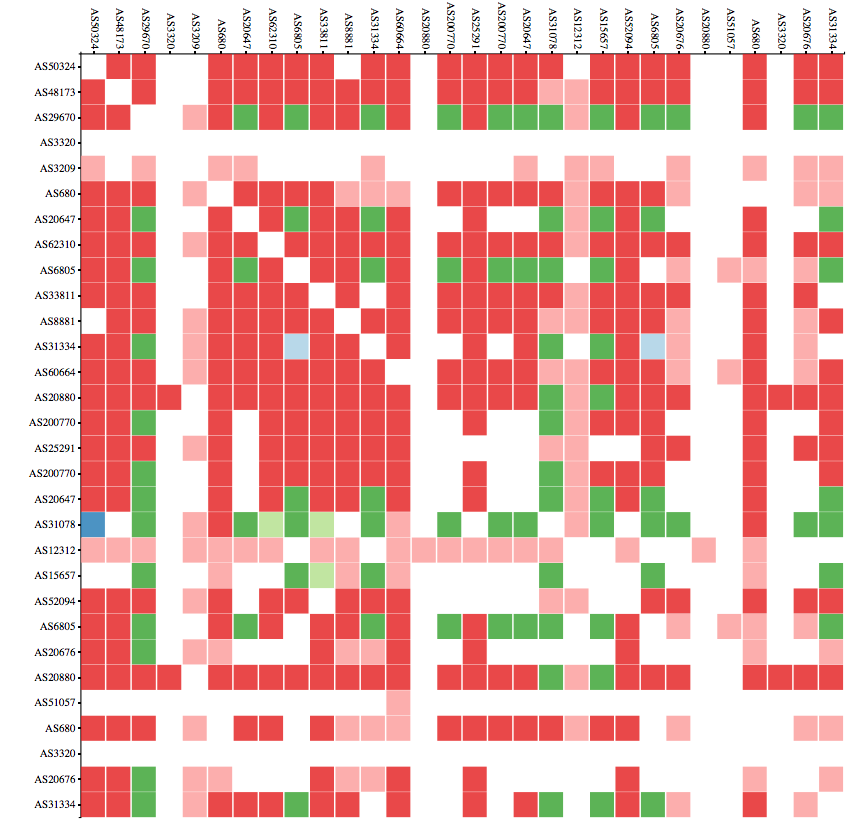



Comments 2
The comments section is closed for articles published more than a year ago. If you'd like to inform us of any issues, please contact us.
Kurt Kayser •
Hi, thanks for your presentation, Mirjam. It was good to have you at the Berlin round table and a very good example on how to use the RIPE RIS toolset. I find ATLAS and the jedi toolset particularly useful to visualize complex peering topics to inexperienced management personnel. You can very easily compare and conclude based on facts on a very close to real time based data sets. Great work, so good to have you all. thanks again, Kurt
Mirjam Kühne •
Thanks for the feedback, Kurt and it was nice to see you again, too. Let us know if you have any questions when using the tools.